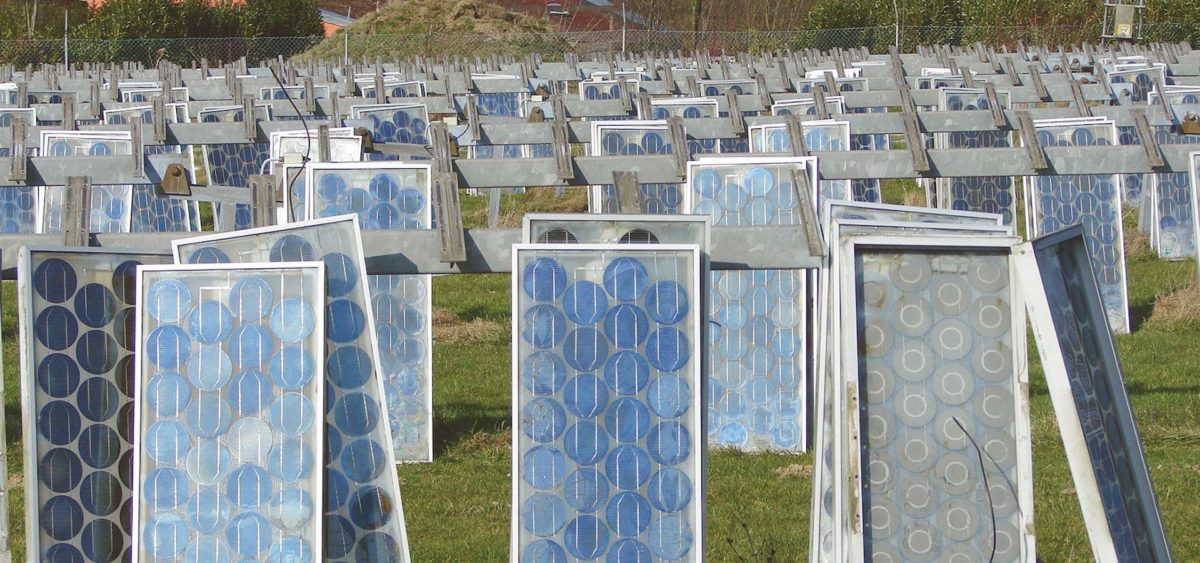A study has estimated around 2.95 billion tons of solar power material could enter India’s electronic-waste stream between by 2047, based on an expectation the nation will have deployed 347.5 GW of solar panels by the end of this decade. Researchers said around 30% of the waste would come from balance-of-system solar array components.
The study was carried out by Ayush Gautam and Ravi Shankar, from the Indian Institute of Technology Delhi, and Prem Vrat, from The NorthCap University, in Gurgaon. Their findings have been published in the journal Sustainable Production and Consumption.
According to the authors of the paper, the 2.95 billion tons of PV system waste would include critical metals worth around $645 trillion (INR46936 lakh crore), of which around 70% – $452 trillion worth – could be recycled.
The academics said gold would account for 44% of that $645 trillion figure, with aluminum supplying 26%, copper 16%, and silver 10%. Metals including gallium, magnesium, indium, and tellurium would also contribute to the estimated value of the anticipated solar waste mountain, according to the paper.
PV module recycling
The study pointed out the volume of waste – and its potential value – expected from the solar industry was higher than that expected from any other end-of-life electrical and electronic equipment during the same period. The academics stressed the importance of establishing recycling facilities and managing end-of-life PV waste. Encouraging a circular economy approach to its solar supply chain would enable India to reduce its dependence on imports of precious metals including gold, silver, and copper, they added.
Basis
The waste estimate was based on an assumption India will have deployed 347.5 GW of solar generation capacity by 2030.
The researchers included estimates of premature panel failure as well as the anticipated standard solar module lifetime when calculating how much waste would be generated by 2047. They used the Weibull reliability function, which is used to estimate the ability of equipment to function without failure.
India has already been experiencing end-of-life solar panel waste since early 2019, with the volume rising exponentially.
pv magazine May issue
Three PV technologies were considered in the study: silicon panels, cadmium telluride (CdTe), and copper-indium-gallium-selenide (CiGs), with the researchers using the market shares held by each panel type last year, rounded to 89%, 5.2%, and 5.2%, respectively.
The paper considered inverters, cables and mounting systems as integral parts of PV arrays and also took into consideration transformers and batteries as external contributors to balance-of-system components.
The average life of modules was considered as 25 years up to 2014, and 30 years thereafter, with inverters expected to last an average ten years and other balance-of-system components 25 years.
This content is protected by copyright and may not be reused. If you want to cooperate with us and would like to reuse some of our content, please contact: editors@pv-magazine.com.









What is the economic cost of this and its impact on Solar power pricing?